living trellis "posts"
cousinfloyd
11 years ago
Related Stories
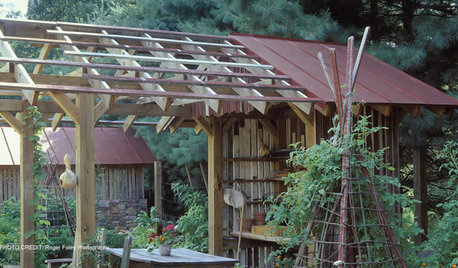
GARDENING AND LANDSCAPING12 One-of-a-Kind Trellis and Arbor Designs
Create Your Own Place for Vines, Flowers or a Romantic Chandelier
Full Story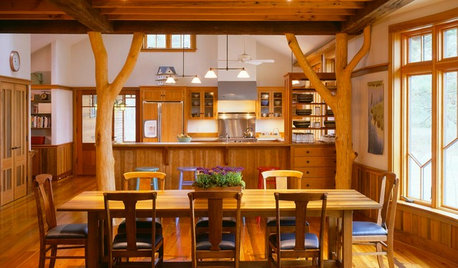
KITCHEN DESIGNOpening the Kitchen? Make the Most of That Support Post
Use a post to add architectural interest, create a focal point or just give your open kitchen some structure
Full Story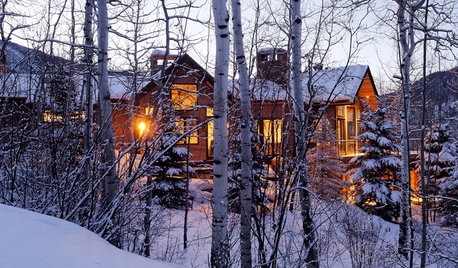
LIFEHouzz Call: Who'll Post the First Snow Photo of 2013?
If the weather's been flaky in your neck of the woods, please show us — and share how you stay warm at home
Full Story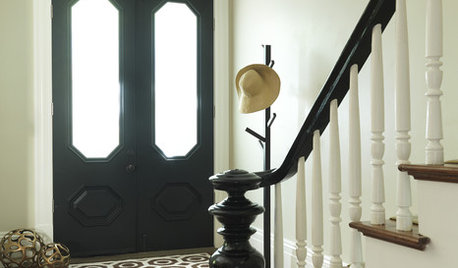
ENTRYWAYSGrand Entry Elements: Newel Posts Past and Present
They once spoke to wealth and class, but newel posts today say more about individual style
Full Story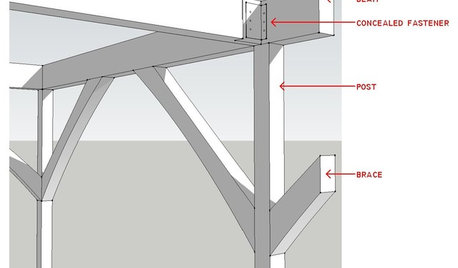
REMODELING GUIDESKnow Your House: Post and Beam Construction Basics
Learn about this simple, direct and elegant type of wood home construction that allows for generous personal expression
Full Story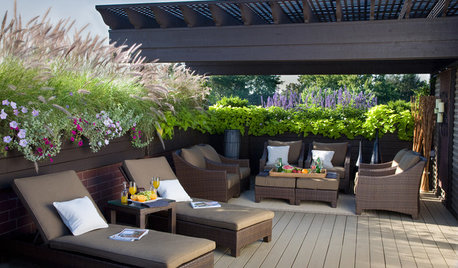
GARDENING AND LANDSCAPINGSpring Patio Fix-Ups: 12 Wonderful Ways With Planters
Change the look of your whole patio with just a few thoughtfully placed containers or a trellis brimming with greenery
Full Story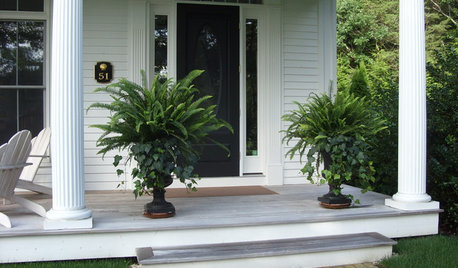
GARDENING AND LANDSCAPINGPorch Life: 12 Ways to Beautify a Porch With Plants
Abundantly welcoming, plants rooted in pots, hanging in baskets or climbing up a trellis add life to porches
Full Story
SHOP HOUZZShop Houzz: A New Spin
The Jenny Lind trend lives on in tables, chairs, beds and lighting featuring iconic turned posts
Full Story
PETS12 Stylish Solutions for Ugly Cat Furniture
Bland beige post unhappily marking your living room territory? Scratch that with rakish kitty condos, perches and staircases
Full Story









User
cousinfloydOriginal Author
Related Professionals
Saint Louis Park Landscape Architects & Landscape Designers · Walnut Landscape Architects & Landscape Designers · Mooresville Landscape Contractors · Bedford Heights Landscape Contractors · Belmont Landscape Contractors · El Reno Landscape Contractors · Fort Hunt Landscape Contractors · Lees Summit Landscape Contractors · Natick Landscape Contractors · Pleasant Grove Landscape Contractors · Porterville Landscape Contractors · South Hackensack Landscape Contractors · Wallingford Landscape Contractors · Wickliffe Landscape Contractors · Wilton Landscape Contractorscanadianplant
User
glib
Scott F Smith
cousinfloydOriginal Author
Scott F Smith
User
alexander3_gw
cousinfloydOriginal Author
Scott F Smith
User
drew51 SE MI Z5b/6a
john_in_sc
another_buffalo